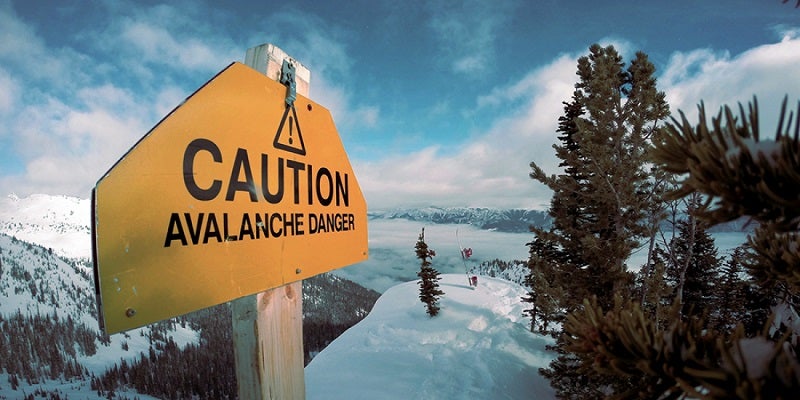
When disaster strikes, and a person, or several, gets lost while exposed to life threatening conditions, search-and-rescue (SaR) teams might need to scan vast areas in search for evidence of victims.
For this purpose, unmanned aerial vehicles (UAVs) equipped with remote-sensing devices can be programmed to fly predefined search patterns, and collect various types of images, including thermal, optical or captured from an aerial perspective. Ideally, the data captured is transmitted real-time to a ground control station via telemetry link.
High potential of using UAVs for search and rescue applications
UAVs can be piloted in different ways, such as autonomously, remotely in line-of-sight by visually observing the UAV, or remotely by FPV. In an FPV system, the video image from an onboard camera is transmitted by radio link to a personal video display on the ground. Systems span from simpler consumer grade to advanced professional grade with high-power video transmitters and ground receivers with directional tracking antennas.
Challenges and antenna solutions for wireless video
Using UAVs can provide time critical support to SaR operations. UAVs are easily deployed, efficient, can perform missions autonomously and perform operations difficult to execute by human resources. Such operations are often characterized by a similar set of constraints:
- Time is critical and any delay can result in dramatic consequences
- Operational environments are unfriendly such as disaster scenes and mountainous areas
In a typical scenario, UAVs will be deployed in an area of interest, perform search operations to collect evidence of the presence of a victim, and report their collected information to a remote ground station or rescue team.
The growing recognition of the potential of using UAVs for search and rescue applications is also supported by advances in the areas of image analysis for victim detection, path planning algorithms and task allocation.
To optimize the tasks of the UAVs during the search operation, the quality of sensory data needs to be high. In SaR operations, to properly assess the quality of the information is of utmost importance. If a UAV is surveying an area, a victim should not go unnoticed. At the same time, the probability that a victim is considered as detected when not there, should remain low. The latter in order to avoid sending resources to a place of no interest.
Information sharing is essential and telemetry connectivity constraints between UAVs and ground teams becomes an important topic. There is need for a telemetry link to transmit flight data between the UAV and the ground control station (GCS), and a payload data link, which provides a downlink to transmit content such as real-time thermal and optical video.
If navigation can be performed accurately, and if elevation databases are accurate and available, then an UAV with the appropriate payload can be deployed to systematically search for a victim as soon as a disaster occurs. The goal is to provide precise coordinates for any victim’s location, and at that point initiate a rescue operation.
These types of operations may need to take place day or night, possibly in adverse weather conditions, and fast enough to minimize the victim’s risk.
Systems to detect human body heat
Within a reasonable timespan after the notification that a person is missing, body heat is a key indicator when searching for people from the air. In addition, in unfriendly conditions i.e. cold environments, darkness, and exposed to precipitation, the heat of a person’s body might be the only differentiator when searching for him or her.
Besides thermal vision, being able to visually inspect is also required by SaR operators, as sometimes a piece of clothing or other human belongings might provide a crucial hint of a victim’s whereabouts. Thus, a regular RGB camera is a good complement to thermal sensors.
Safe navigation at low altitude
In a perfect world, the integration of UAS into non-segregated airspace would be feasible. UAVs would coexist with manned platforms and cooperate seamlessly with ground teams. However, neither technology nor regulations are yet there.
With the above in mind, and if navigation can be performed accurately, a UAV with terrain following capability is essential to achieve successful SaR operations while staying at a sufficiently low altitude not to interfere with regulated airspace.
SmartPlanes’s SaR system
At SmartPlanes, we took a long hard look at what would be a feasible way to create a dedicated SaR system. We ended up with a solution that differs from our standard system in several aspects. The GCS has a directional antenna and a local Wi-Fi. The Wi-Fi supports streaming live video to all involved SaR team members, enabling more eyes on target using each team member’s private smartphone or tablet. The directional antenna enables beyond visual line-of-sight search patterns.
The UAV is equipped with an encrypted telemetry link simultaneously used for GCS telemetry and live video feed. It also has a digital image stabilization (DIS) circuit, that can stabilize RGB and thermal video. The downside is additional power consumption, but our fixed wing solution will still have better endurance than most multi-rotor solutions can achieve.
One should be aware that relying on live video feed alone would be a mistake. The effects of DIS and bandwidth limitations can be detrimental to the end result, why the system should be required to save high resolution imagery onboard the UAV for post analysis upon return.

